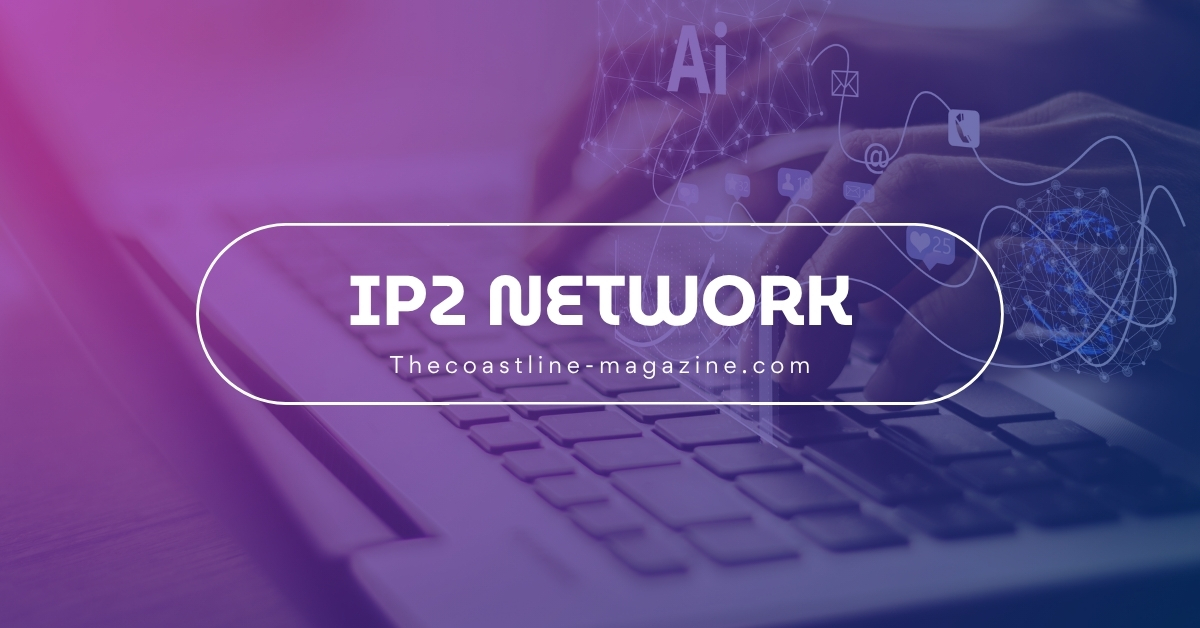In a digital landscape where privacy is often compromised, the need for secure communication channels has never been more critical. Enter the IP2 Network, part of the enigmatic world known as the Invisible Internet Project (I2P). This innovative network offers users an alternative to traditional internet browsing by allowing anonymous communication and data sharing. But what exactly is I2P? And how does it work beneath the surface of our everyday web experience? Join us on this journey into a realm that prioritizes privacy and security like no other. Discover why more people are turning to I2P and what makes it a game-changer in our increasingly connected world.
History and Development of I2P
The Invisible Internet Project (I2P) was created in the early 2000s. It emerged as a response to increasing concerns about privacy and surveillance online.
Originally, I2P focused on providing anonymity for users navigating the internet. The architecture is built around hidden services and peer-to-peer connections.
Early developers aimed to offer an alternative to traditional networks like Tor, emphasizing decentralized control. This means that no single entity oversees or can easily disrupt it.
As development progressed, the community grew more robust. Contributors from various backgrounds contributed code enhancements and security features. They responded dynamically to emerging threats and user needs.
With its unique routing technique known as garlic routing, I2P became distinct in handling data packets efficiently while maintaining user anonymity. Its evolution mirrored broader trends toward digital privacy advocacy, making it a key player in the realm of secure communications today.
How Does the IP2 Network Work?
The IP2 Network functions as a privacy-focused layer for online activities. It creates an anonymous overlay network, allowing users to access hidden services and websites without revealing their identities.
Data is encrypted and routed through multiple nodes. Each participant in the network only knows the previous and next hop. This structure ensures that no single party can trace a user’s path.
Users connect via I2P software, which automatically handles routing decisions. By using various protocols, it supports diverse applications like email, file sharing, and browsing.
Unlike traditional networks, I2P operates on a peer-to-peer basis. There’s no central server; instead, each user contributes to the network’s infrastructure while benefiting from its anonymity features.
This decentralized approach enhances resilience against censorship and surveillance efforts. The design prioritizes security while enabling seamless communication within an obscure digital ecosystem.
Benefits and Advantages of Using I2P
The IP2 Network offers a wealth of benefits for those seeking anonymity online. One major advantage is its robust privacy features. Users can browse the web without revealing their identity, protecting personal information from prying eyes.
Another significant benefit is the decentralized nature of I2P. Unlike traditional networks, there’s no single point of failure. This enhances security and makes it more resilient against censorship.
Moreover, I2P supports a wide range of applications beyond simple browsing. From file sharing to email and even hosting websites, users have multiple options for secure communication.
Additionally, I2P fosters a unique community spirit. The network encourages collaboration among developers and users alike, leading to continuous improvement in tools and services.
Utilizing I2P helps promote freedom of expression in regions where access to information is restricted or monitored heavily by authorities.
Common Misconceptions about IP2 Network
Many people misunderstand the IP2 Network, often associating it solely with illegal activities. While some may misuse it for nefarious purposes, this isn’t its primary intent. The network was developed to enhance privacy and freedom of expression online.
Another common misconception is that I2P is complicated or difficult to use. In reality, many users find the interface intuitive once they get familiar with it. Various resources are available to help newcomers navigate the platform.
Users also think that I2P guarantees complete anonymity. While it significantly enhances privacy, no system can promise absolute security against all threats. Awareness and caution are still necessary when exploring the deep web.
Some believe I2P operates similarly to Tor but is inherently superior. Each has unique features catering to different needs; thus, claiming one as better than the other overlooks their distinct advantages and intended uses in digital anonymity.
Potential Risks and Concerns
While the IP2 Network offers robust privacy features, potential risks exist for users. One significant concern is the level of anonymity provided. Users may mistakenly believe they are completely shielded when traces might still linger.
Another issue involves security vulnerabilities within the network itself. As with any technology, weaknesses can be exploited by malicious actors. These threats can lead to data breaches or even identity theft if precautions are not taken.
Additionally, navigating the I2P environment requires a certain level of technical knowledge. New users may find themselves lost in its complexity, which increases their risk exposure as they attempt to learn.
Law enforcement agencies keep an eye on dark web activities facilitated by networks like I2P. Although it promotes privacy rights, using this platform could attract unwanted attention from authorities under specific circumstances.
Conclusion: The Future of IP2 Network
The IP2 Network represents a fascinating frontier in internet privacy and security. As the digital landscape evolves, so too does the need for secure communication channels. I2P offers an intriguing solution by providing anonymity for both users and their activities online.
As awareness around privacy concerns continues to grow, more individuals may turn to platforms like I2P. The ongoing development of this network hints at a future where user autonomy takes center stage in web interactions.
While challenges persist—such as misconceptions about its use and potential risks—the benefits are compelling enough to warrant attention. The rise of decentralized networks signals a shift toward greater user control over personal data.
As we look ahead, it becomes clear that innovations in technology will play a crucial role in shaping how we protect our rights online. For those seeking alternatives beyond traditional browsing methods, the IP2 Network is worth exploring further.

